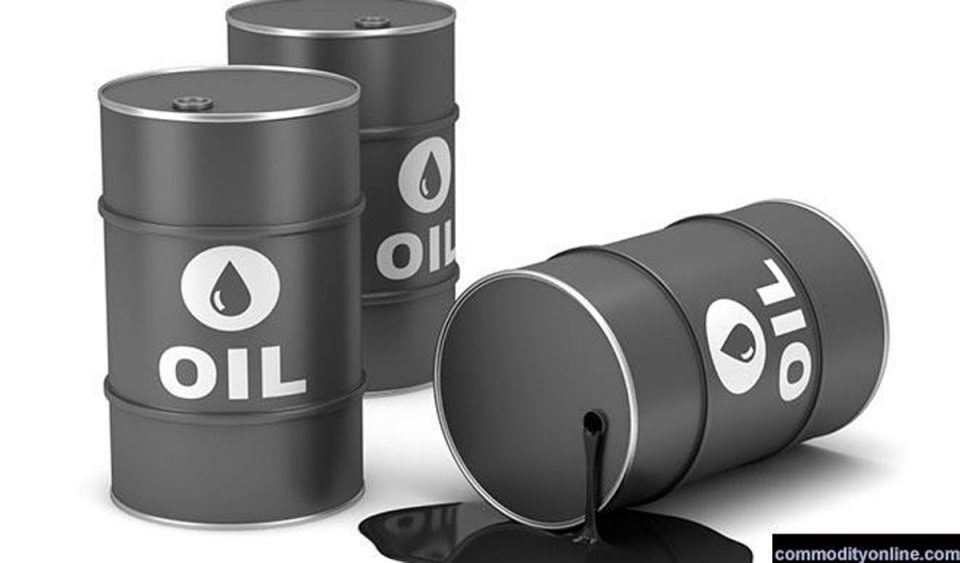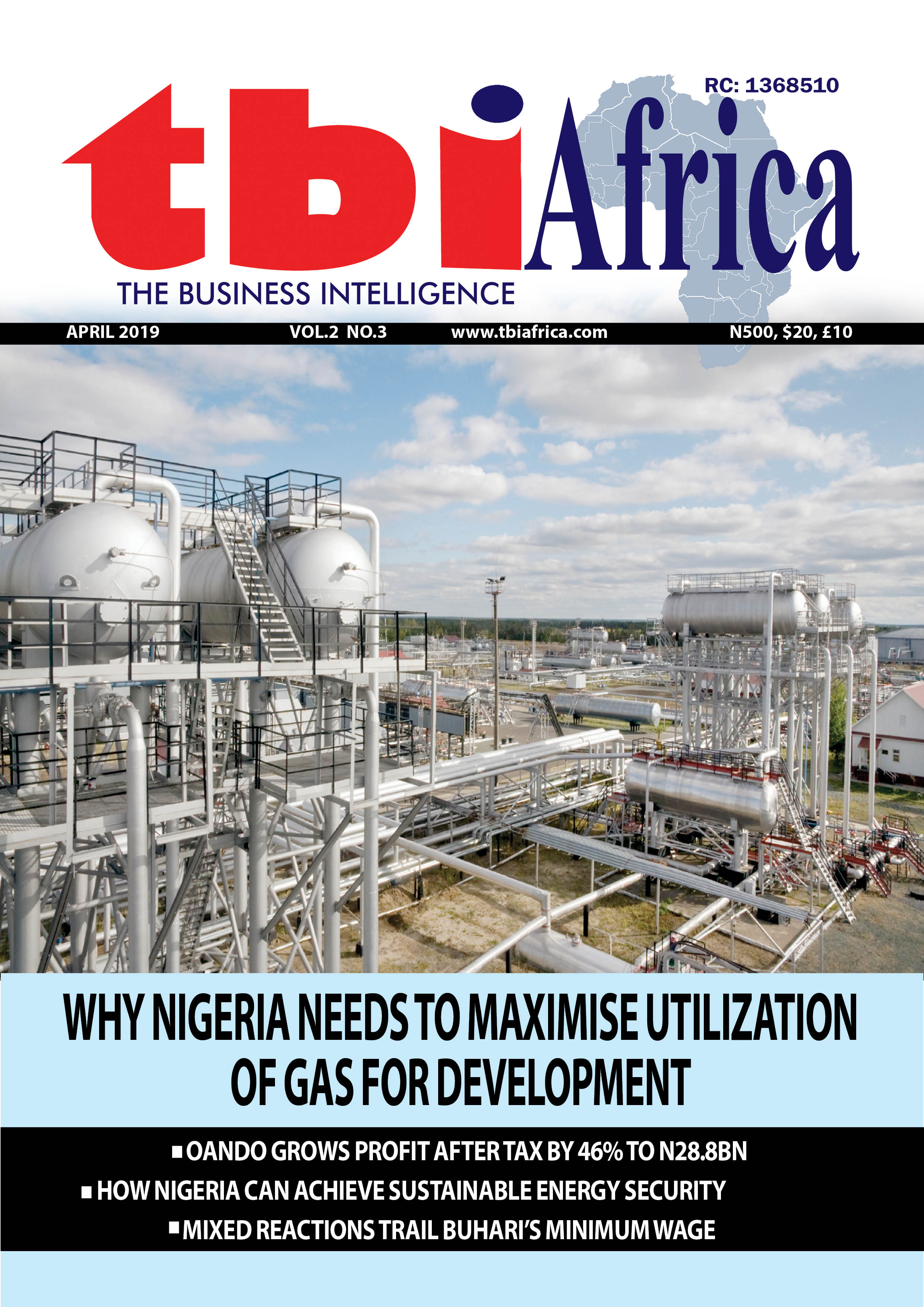Photo caption: Oil
Low oil prices have done what they always do, boosting demand for the commodity. This, in turn, has led to a change in oil’s fortune, seeing Brent recover to over $60 per barrel and West Texas Intermediate bounce from the mid-50s.
At the time of writing, Brent crude was trading at $61.19 per barrel and West Texas Intermediate was changing hands for $58.03 per barrel, both reversing an extended rout that began in late April amid President Trump’s push for more favorable trade conditions for U.S. companies via tariffs.
OPEC+ policies also contributed to the rout, with the cartel surprising oil traders and analysts alike by announcing two production boosts at triple the expected rate. To confuse people, Saudi Arabia also announced a price hike for its crude for Asian buyers. Asia in the Saudis’ biggest oil market.
Analysts have taken a cautious approach to the rebound. “Today’s slight rebound in oil prices appears more technical than fundamental,” Yeap Jun Rong, market strategist at IG, told Reuters. “Persistent headwinds including a pivotal shift in OPEC+ production strategy, uncertain demand amid U.S. tariff risks, and price forecast downgrades are continuing to weigh on the broader price movement.”
However, fresh economic data from the United States served to add some optimism to oil market sentiment. The latest reading of the Purchasing Managers’ Index for the services sector rose to 51.6 in April, up from 50.8 in March. Orders also rose, the data showed, with commentators pointing to a pre-emptive pick-up in activity ahead of the full implementation of tariffs on U.S. trade partners.
“The negative impact on services activity and inflation from the tariffs and government spending cuts are very real and already beginning to materialize,” Scott Anderson, chief U.S. economist at BMO Capital Markets, told Reuters. “Without a hard pivot in U.S. tariffs and government spending cuts, we expect the ISM services readings to remain under downward pressure.”
=== Oilprice.com ===



